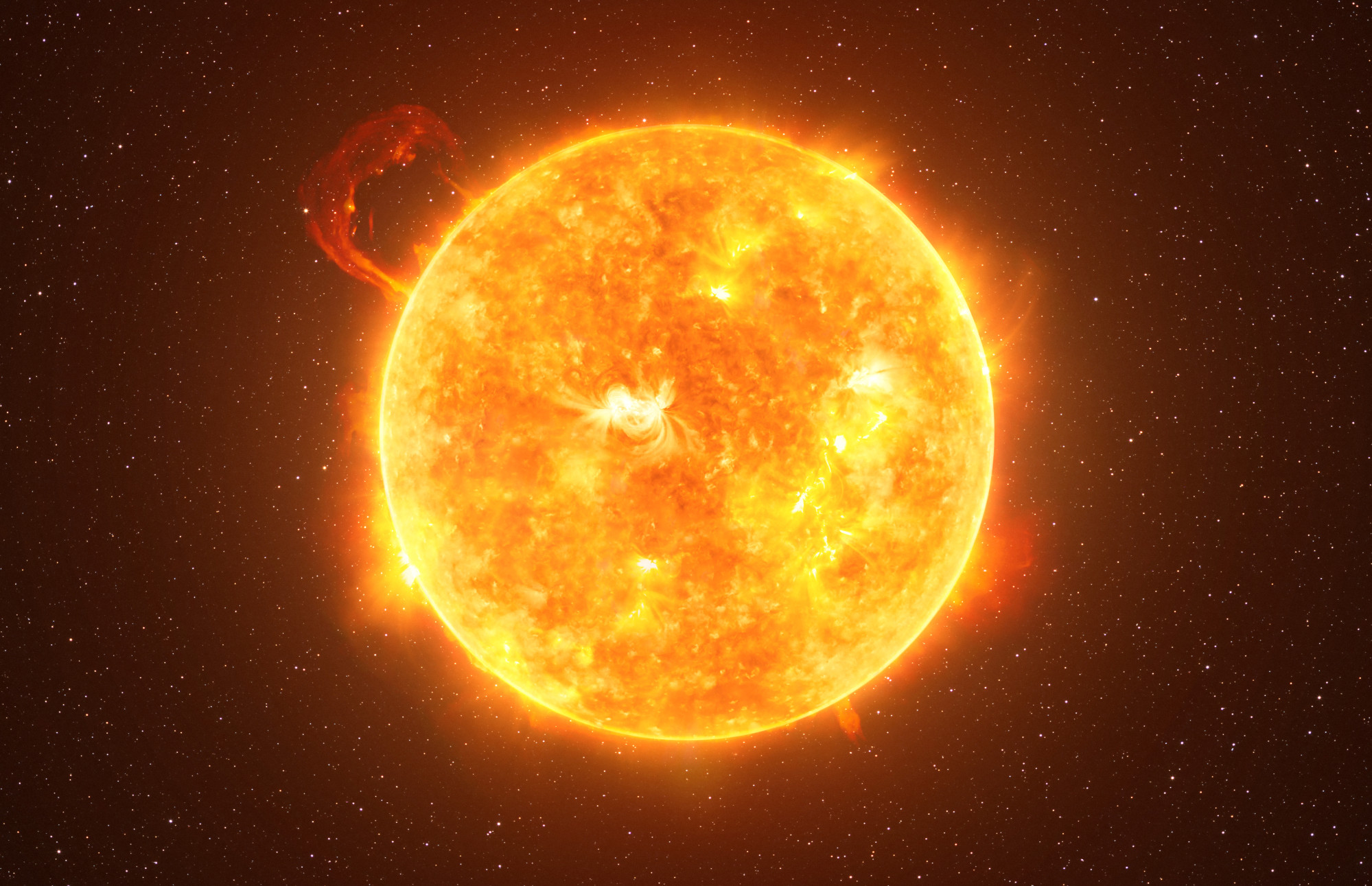Scientists in China have found evidence that small, cumulative changes in the amount of solar radiation reaching the Earth helped to trigger major climatic events that altered the planet’s ice ages.
The study, which examined the planet’s climate over the past 2 million years, could offer insights into how incoming solar radiation drives climate evolution by heating and cooling the Earth’s oceans.
A steady decline in incoming solar radiation that lasted until 935,000 years ago was the likely cause of cooler sea surface temperature trends, as well as a major transitional climate event that altered how the Earth cycles between cooler and warmer periods.
Do you have questions about the biggest topics and trends from around the world? Get the answers with SCMP Knowledge, our new platform of curated content with explainers, FAQs, analyses and infographics brought to you by our award-winning team.
“Incoming solar radiation, commonly known as insolation, serves as the primary heat source for Earth’s climate system,” the research team wrote in a paper published in the September issue of the peer-reviewed journal Global and Planetary Change.
“We hypothesise that cumulative insolation perturbations have disrupted the heat balance within Earth’s climate system, contributing to the Pleistocene long-term climate change,” said the team, which was led by Jin Zhangdong and other researchers from the Chinese Academy of Sciences’ (CAS) Institute of Earth Environment.
During the Pleistocene epoch, a geological period that began about 2.6 million years ago and lasted until 11,700 years ago, extensive ice sheets and other glaciers formed repeatedly over large parts of the world.

While insolation is known to drive climatic changes that occur due to shifts in the Earth’s orbital parameters – such as the shape of its orbit around the sun – the researchers said its influence on long-term climate evolution was still not well understood.
Insolation had not been considered as a driver for the long-term cooling trend during the Pleistocene, including a 2.3 degrees Celsius (4.2 Fahrenheit) drop in sea surface temperatures that the team determined occurred between 2 million and 940,000 years ago.
Various proposed explanations for the cooling trends have included changes in atmospheric carbon dioxide levels, ice sheet dynamics, and ocean circulation, but the Chinese researchers said they did not sufficiently explained the trends.
The cooling trends eventually led to the Mid-Pleistocene Transition, a major climate event that extended the length of the world’s glacial cycles – the periods between ice ages – from around 41,000 to 100,000 years.
In another paper in the peer-reviewed journal Science on August 1, the Chinese researchers, along with international scientists, examined the role of asynchronous growth of polar ice sheets as a trigger for the transition event.
In this new study, the team said the cumulative impact of decreasing incoming solar radiation reaching Earth helped to reduce heat levels in the oceans, creating the conditions needed for the ice sheets to grow.
To examine the impact of insolation on long-term climate change, the team compiled 26 records of sea surface temperatures from around the world, and introduced a new index that helped quantify insolation anomalies.
While the variations in insolation were small, the researchers said that even small changes in incoming solar radiation could affect the heat balance by changing the oceans’ heat content, and cumulative changes could create a significant heat imbalance.
The oceans, which cover more than 70 per cent of the Earth’s surface, are our main heat reservoir, absorbing more than 90 per cent of heat produced by humans.
The researchers said that about 900,000 years ago a “pivotal reorganisation of the climate system” ended a long-term cooling trend with an abrupt cooling event, driving an increase in global ice volume.
A corresponding transition was seen in the index at 935,000 years ago that aligned with the cooling event. Until this point, the index showed that there had been a continuous decline in cumulative insolation.
“Our simulation results generally support the idea that the decline in cumulative insolation contributed to the [cooling event],” the team said.
“From an energy conservation standpoint, although the high-frequency fluctuations of insolation induce minor changes in [ocean heat content], the cumulative impact of these sustained small increments or decrements can lead to significant changes”, over a longer timescale, the team said.
Further simulations incorporating atmospheric carbon dioxide and other measures should be conducted to gain deeper insight into the long-term climate trends and a better grasp of the Earth’s climatic history, the researchers said.
More from South China Morning Post:
- Chinese-led study finds uneven melting of polar ice could lead to huge global disruption
- Snail shells, a ‘once-in-a-millennium’ storm and what it all means for climate studies in China
- Can China balance climate and energy concerns as it endures more extreme weather?
For the latest news from the South China Morning Post download our mobile app. Copyright 2024.





